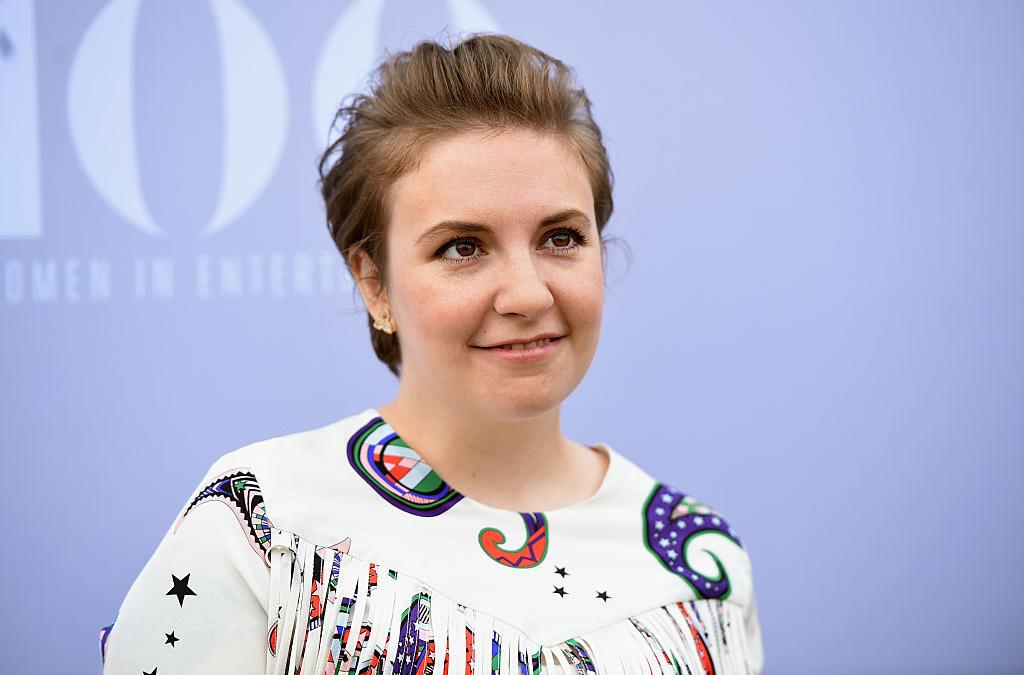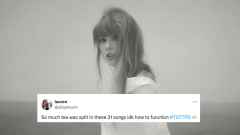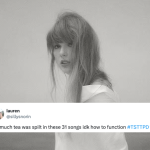
Yesterday we wrote about Lena Dunham‘s decision to undergo a hysterectomy as a last-ditch effort to alleviate the pain associated with her endometriosis.
In short, a hysterectomy is an operation to remove the uterus.
Depending on the type of hysterectomy being performed, accompanying organs such as the fallopian tubes, ovaries and cervix are often removed at the same time. In Dunham’s case, she had her uterus and cervix removed.
It’s a huge, life-changing decision. Once the uterus is removed, a woman is naturally infertile.
In an essay set to appear in the March 2018 issue of Vogue, Dunham describes “years of complex surgeries measuring in the double digits” and that unsuccessful attempts to treat the painful disorder with “pelvic floor therapy, massage therapy, pain therapy, colour therapy [and] acupuncture,” had lead to her choice.
In response to the media coverage around Dunham’s revelation, Endometriosis Australia have sought to shed some light on endometriosis and bust common myths surrounding the debilitating illness.
Dr Jason Abbott, Medical Director at Endometriosis Australia and Professor of gynaecological surgery at UNSW, says that a hysterectomy is not a magic cure for endometriosis.
“Women with endometriosis, by definition, have disease outside the uterus with these areas of inflamed tissue being the cause of pain and/or infertility. Hence, the uterus in women with endometriosis is often normal. Having a hysterectomy (removal of the uterus and/or cervix) without removal of the additional endometriosis will cause ongoing symptoms in a woman with pain. So, hysterectomy is not a cure for endometriosis but it is beneficial that endometriosis is removed.”
Dr Abbott also pointed out that having a baby isn’t a cure, either.
“It is often believed that having a baby will also ‘cure’ endometriosis. One in three women with endometriosis have infertility and therefore most will be able to become pregnant.
Having a pregnancy and breast feeding changes the hormone balance of the body and will often reduce the symptoms of endometriosis whilst pregnant, however, symptoms will often return once periods and the normal hormonal cyclic changes resume.
Pregnancy should never be a treatment prescription and should only be a consideration if and when a woman wants to have a baby, since it is neither a treatment nor cure for endometriosis. Women should consult with an expert in endometriosis for further information regarding their symptoms and management.”
According to Endometriosis Australia, there are three kinds of treatments currently available for people suffering from endometriosis, each with their own advantages and disadvantages.
Many patients may need to have several different types, including medical treatments, surgical treatments and allied and complementary treatments. Hysterectomies fall within surgical treatments. Total hysterectomies as a treatment therapy for endometriosis are determined on a patient by patient basis after careful assessment.
So even though Lena Dunham deserves applause for raising awareness and speaking candidly about her experience with the condition, her decision shouldn’t be considered a cure-all.
Here’s hoping her candidness, and the widespread coverage of it, means more funding to help fight this awful condition.
If you or someone close to you is affected by endometriosis, you can learn more about the condition at the Endometriosis Australia website, here.







